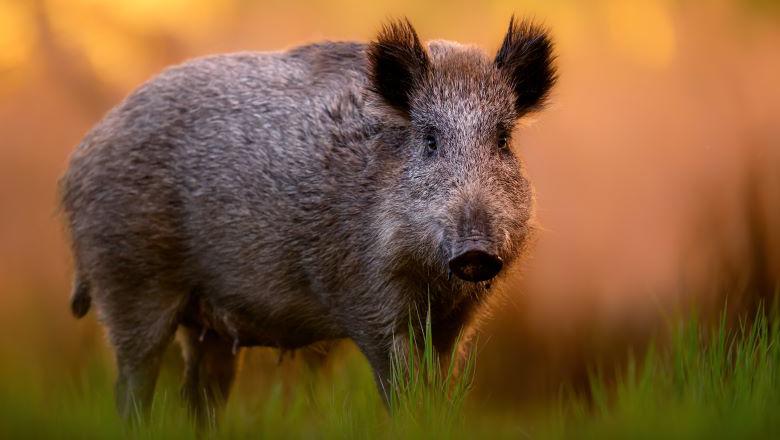Our model shows that wild boar populations in Scotland are likely to expand steadily, with these four major populations expected to persist and grow.
Lead author and Geography PhD student Connor Lovell.
17 June 2025
New Model Predicts Boar Boom Across Scotland
Study shows expected population increases in Highlands and three other regions

A new study has projected a dramatic resurgence of wild boar across Scotland over the next 50 years, raising both ecological hopes and management concerns.
The team of researchers from King’s College London, the Zoological Society of London, and the James Hutton Institute simulated the long-term population dynamics and range expansion of wild boar, a species reintroduced to Scotland through both accidental escapes and illegal releases since the 1970s.
Viable populations are projected in the West Highlands, Dumfries and Galloway, northern Moray and Aberdeenshire, and Perthshire.
The model, which incorporates individual boar behaviour, land cover data, and environmental variability, suggests that current boar populations are not only viable but poised for significant growth.
The model predicts a rise from approximately 1,472 individuals today to over 2,300 by 2075, with boar expected to explore an additional 532 km² of Scottish landscape each year.
However, Scotland’s central belt remains largely inhospitable to boar due to urbanization and poor habitat quality.
The modelling technique is the first of its kind to simulate wild boar dynamics across Scotland at such a detailed scale. It accounts for birth and death rates, movement patterns, habitat preferences, and even social behaviours like rutting and herd formation.
The researchers hope the model can inform future wildlife management strategies.
Boar can damage crops, spread disease, and cause traffic accidents. However, boar play a role in seed dispersal and ecosystem restoration as they root around for food.
The authors say the model could support compensation schemes - or even targeted culling in high-risk areas.
They also suggest future versions could simulate socio-economic impacts, such as crop damage costs or hunting revenues. Despite its strengths, the model has limitations. It assumes static land cover and does not yet incorporate climate change or long-distance female dispersal.
“This model is a powerful step forward,” said co-author Prof. Terry Dawson. “But it’s also a foundation for more integrated approaches that include human dimensions.”
As Scotland continues to grapple with the ecological and political implications of species reintroductions, this research offers a "timely and data-driven glimpse into a wild future", he added.
Read the full paper:

